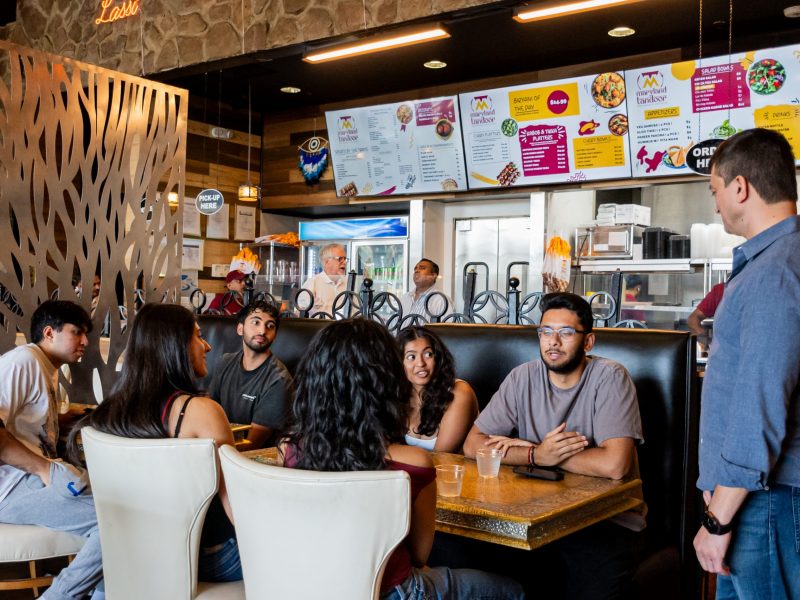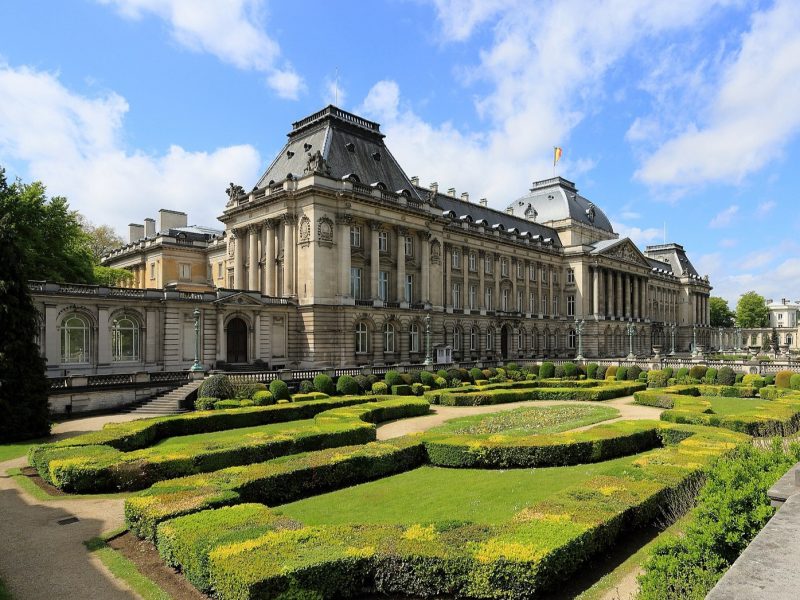I am not sure if Robert Jenner’s Dec. 5 guest column, “An unsafe Purple Line plan” was as much opposed to the proposed Purple Line as it was opposed to minorities. Although I am fully in favor of advocating for the interests and safety of students, I don’t think we should go about this by marginalizing and alienating the members of the communities surrounding the university. Jenner pointed out how “the proposed route of the Purple Line does not pass one national retailer nor any housing complex noted for student residents outside of College Park.” But we must not lose sight of the fact that the proposed route is not solely for the use or benefit of students. In fact, the purpose of the proposed Purple Line, according to the Action Committee for Transit’s website, is “to connect suburban communities and job centers, providing a quality alternative to driving on the congested Beltway.”
The proposed line does not only connect Riverdale and Langley Park, as many have been led to believe. It would also service the communities of New Carrollton and Landover Hills. These communities have a significant population of Central American residents, many of whom work on this campus in Dining Services and Facilities Management. Others work in landscaping, babysitting or housekeeping in the affluent communities of Bethesda and Chevy Chase, which are also served by the Purple Line. Believe it or not, people in the suburbs of Prince George’s County do have jobs, and they could benefit from this new method of transportation.
The purpose of this column is not, however, to argue for or against a light rail. My objective is to shed some light on the true nature of the Prince George’s County neighborhoods in which I grew up. College Park is surrounded by Hyattsville, Beltsville and Riverdale. While these communities are by no stretch of the imagination Bethesda, Potomac or Bel Air, and the majority of their residents are not as wealthy as those of some richer areas, they are by no means all criminals. You will not find multi-million dollar mansions, country clubs or high-end boutiques in the surrounding neighborhoods, but this does not mean the residents of Riverdale and Langley Park are all delinquents.
Prince George’s County certainly has its problems, which I don’t intend to downplay, but the majority of its residents — especially the Hispanic ones alluded to in Jenner’s column — are especially hardworking. Riverdale in particular is composed largely of Hispanics, according to U.S. Census Bureau data. It is neither logical nor factual to state that MS-13, a ruthless Salvadoran gang, is in control of the community. There is a significant number of Mexican-owned businesses in Riverdale, ranging from bakeries to restaurants to supermarkets. I know because I, unlike the aforementioned guest columnist, have been there.
Notwithstanding, having been raised in this county and having been to Riverdale and Langley Park, I am a student at this university, and I fully understand the concern for our safety, but demonizing the neighborhoods surrounding the school is not the answer. This may only add to the growing tension between the university and the surrounding areas. Instead of being scared and paranoid, we should become acquainted with some of the local establishments and residents, and perhaps this will allow us to go beyond senseless stereotypes and properly uncover the roots of crime affecting the university.
Edward Santos is a sophomore history major. He can be reached at esantos2@terpmail.umd.edu.


